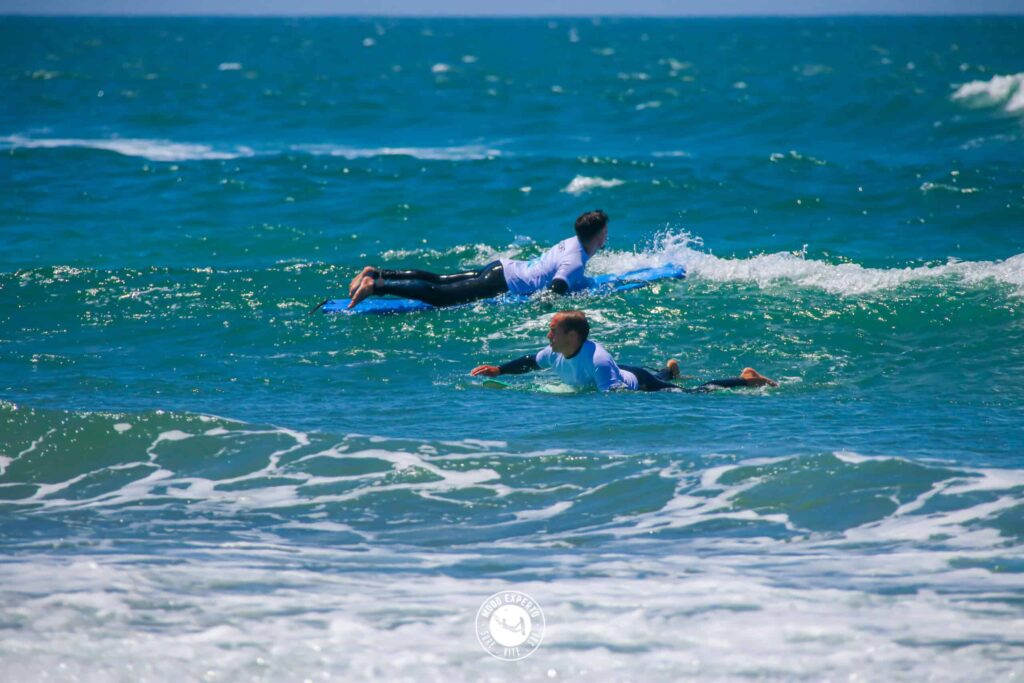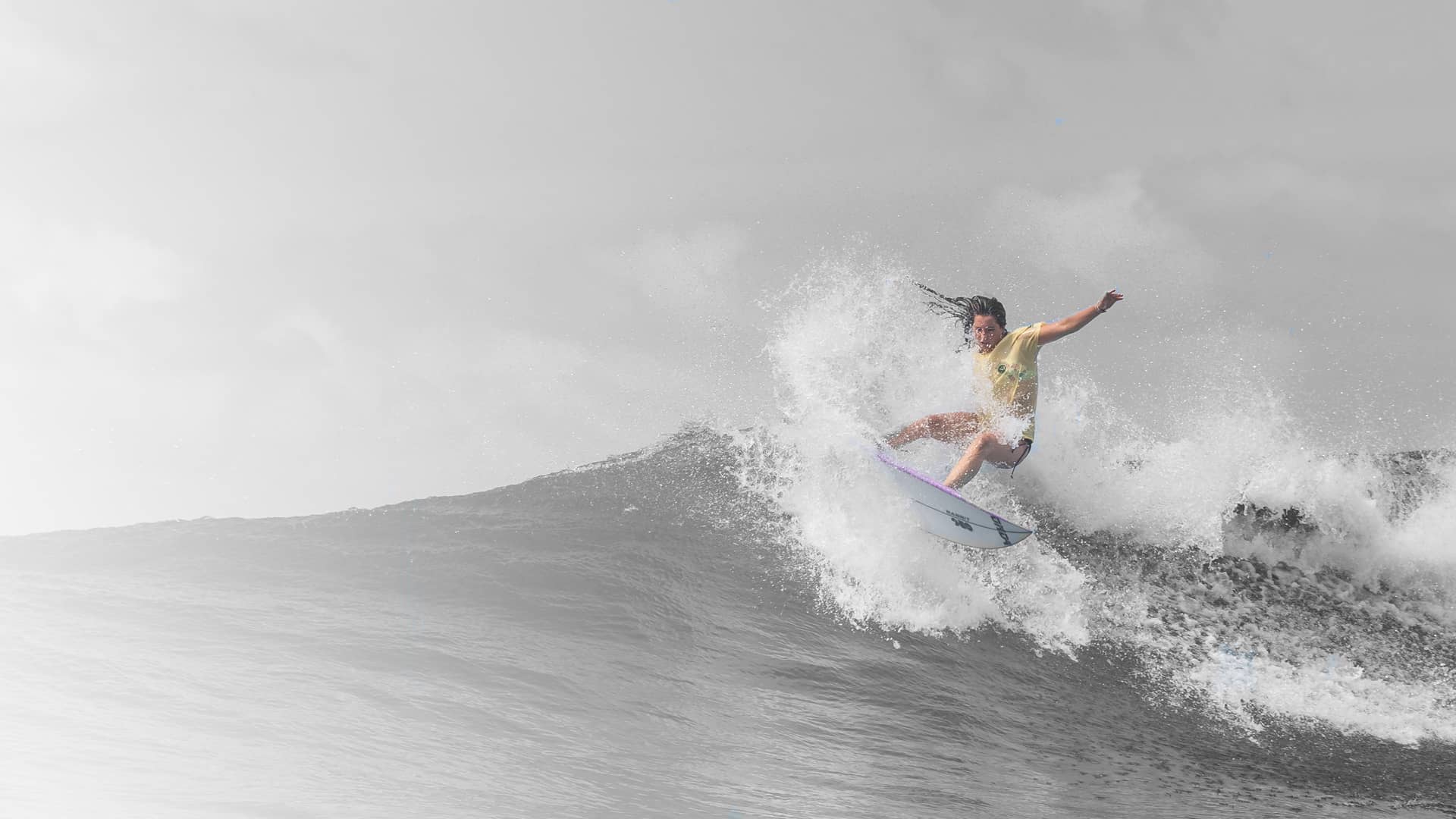Surfing is an exhilarating water sport that allows individuals to ride the waves and connect with the power of the ocean. If you are a beginner looking to venture into the world of surfing, this article is here to provide you with essential tips and guidance. From choosing the right equipment to mastering basic techniques, here are some valuable insights to help you kick-start your surfing journey.
Introduction
Surfing is not just a sport; it’s a way of life. The feeling of riding a wave is unmatched, and as a beginner, you are about to embark on an incredible journey of self-discovery and connection with the ocean. This article aims to equip you with the necessary knowledge and tips to ensure a smooth start to your surfing adventure.
Getting the Right Gear
Before hitting the waves, it’s essential to invest in the right equipment. Start with a beginner-friendly surfboard, usually a soft-top or a longboard, as they provide stability and are easier to balance on. Additionally, ensure you have the appropriate leash, wetsuit, and wax for your board, keeping you safe and comfortable during your sessions.
Finding the Perfect Surf Spot
Choosing the right surf spot is crucial, especially for beginners. Look for beaches with gentle, rolling waves and sandy bottoms, as they offer a more forgiving environment to practice your skills. Avoid areas with strong currents or crowded lineups, as they can be intimidating and potentially dangerous for inexperienced surfers.
Understanding the Basics of Surfing
To become proficient in surfing, it’s vital to understand the basics. Learn about ocean conditions, wave formation, and how to read the lineup. Familiarize yourself with surf terminology, such as “break,” “takeoff zone,” and “inside section.” This knowledge will help you navigate the waves and make informed decisions while in the water.
Mastering Paddling Techniques
Paddling efficiently is key to reaching the lineup and catching waves. Practice proper paddling techniques, using your arms and legs in coordination. Keep your body flat on the board and cup your hands to maximize the power of your strokes. Regular paddling exercises will improve your strength and endurance, enabling you to paddle out and catch more waves.
Learning to Catch Waves
Catching waves requires timing and positioning. Start with small, broken waves close to the shore. As you gain confidence, paddle to the lineup and position yourself just outside the takeoff zone. When a suitable wave approaches, paddle vigorously and match its speed. Once you feel the wave propelling you forward, pop up onto your feet and enjoy the ride!
Perfecting Your Pop-Up
The pop-up is the transition from lying on your board to standing up. Practice this movement on the beach to develop muscle memory. As the wave lifts you, bring your back foot forward, positioning it near your chest. Push yourself up with your arms while simultaneously extending your legs, landing with your feet shoulder-width apart. Maintain a low center of gravity for balance.
Maintaining Balance and Stability
Balance is crucial when riding a wave. Keep your knees slightly bent, distributing your weight evenly between your front and back foot. Engage your core muscles to stabilize yourself on the board. Look ahead and focus on a fixed point, using your arms for additional balance. With practice, you’ll develop a natural sense of balance, allowing you to ride waves with grace.
Safety Precautions in Surfing
Safety should always be a priority in surfing. Before entering the water, check the surf conditions and be aware of any hazards such as rocks or reef. Respect the rules and guidelines of the surf spot you’re visiting. It’s advisable to surf with a buddy and inform someone about your plans. Additionally, consider taking swimming and CPR lessons to enhance your water safety skills.
Improving Your Skills
To progress in surfing, consistency is key. Commit to regular practice sessions, gradually challenging yourself with more advanced waves. Work on your turns, generating speed, and performing maneuvers. Consider taking lessons from experienced instructors who can provide valuable feedback and help you refine your technique.
Overcoming Challenges
Surfing can be challenging, both physically and mentally. Embrace the learning curve and understand that setbacks are part of the process. Don’t be discouraged by wipeouts or missed waves; instead, use them as opportunities to grow. Stay patient, persistent, and maintain a positive mindset. With time and dedication, you’ll conquer the challenges and become a proficient surfer.
Surfing Etiquette
Respecting the unwritten rules of surfing is essential for a harmonious lineup. Be aware of the right-of-way hierarchy, where the surfer closest to the peak has priority. Avoid “dropping in” on others’ waves, as it can lead to collisions and accidents. Share the waves and show respect to fellow surfers, creating a friendly and inclusive surfing environment.
Staying Motivated
Surfing is a lifelong pursuit, and it’s crucial to stay motivated on your journey. Set goals for yourself, whether it’s mastering a specific maneuver or exploring different surf spots. Surround yourself with a supportive community of fellow surfers who can inspire and challenge you. Embrace the joy and freedom that surfing brings, and let it fuel your passion for the sport.
Surfing as a Lifestyle
Beyond the physical aspects, surfing offers a unique lifestyle. It connects you with nature, teaches you patience, and provides an escape from the stresses of daily life. Embrace the camaraderie among surfers and the sense of belonging to a global community. Let surfing shape your perspective, fostering gratitude and a deep appreciation for the beauty of the ocean.
Conclusion
Embarking on a surfing journey as a beginner is both exciting and challenging. By following these tips and dedicating yourself to practice, you’ll develop the skills and knowledge necessary to navigate the waves with confidence. Remember to prioritize safety, respect the ocean, and enjoy the incredible experiences that surfing has to offer.
FAQs
Q1: How long does it take to learn how to surf?
A1: The time it takes to learn how to surf varies for each individual. With regular practice, beginners can start catching small waves within a few weeks, but mastering the sport can take months or even years.
Q2: Do I need to be a strong swimmer to surf?
A2: While being a strong swimmer is beneficial, it’s not a prerequisite for learning how to surf. However, it’s essential to feel comfortable in the water and have basic swimming skills for safety purposes.
Q3: Can anyone learn to surf, regardless of age?
A3: Yes! Surfing is a sport that can be enjoyed by people of all ages. Whether you’re young or young at heart, there’s no age limit to learning how to surf and enjoying the ocean.
Q4: Are there any specific exercises to improve surfing performance?
A4: Yes, there are exercises that can help improve your surfing performance. Focusing on core strength, balance, and flexibility through exercises such as yoga, swimming, and strength training can enhance your overall abilities in the water.
Q5: How do I choose the right surfboard for a beginner?
A5: As a beginner, it’s advisable to start with a soft-top or a longboard. These boards offer stability and buoyancy, making them easier to balance on and catch waves. Consult with local surf shops or experienced surfers for guidance in selecting the right board for your skill level.







